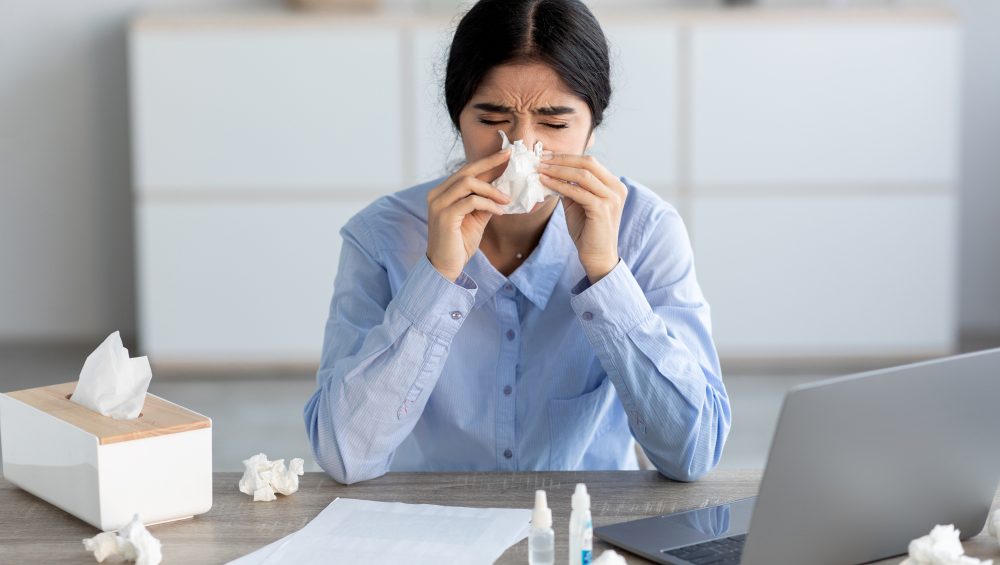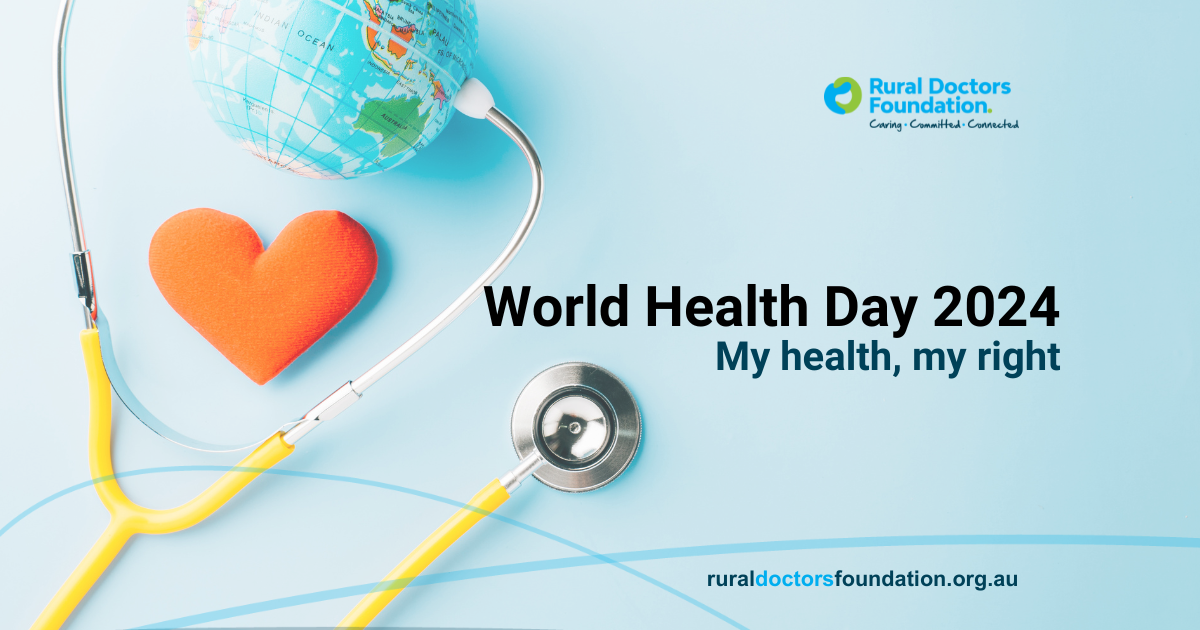The return of flu season
How you can help protect yourself and others
After a challenging two years with Covid, the healthcare system is still recovering. However, the epidemic has not put brakes on the return of the notorious flu season. Though a decrease in cases is being seen this year in comparison to pre-COVID, the impact of the flu season is still unpredictable.
With the requirement for increased precautions, and reduced numbers of available staff, the influenza virus places a significant strain on the healthcare system.
Rural communities are at greater risk. They have a higher proportion of Aboriginal and Torres Strait Islander people. There is often more elderly people living in rural communities. These vulnerable groups are at a higher risk of hospitalisation or in some cases, death from influenza. With remote locations already experiencing decreased access to healthcare, it is critical that flu breakouts are contained. This will reduce the burden on our already stretched health system.
Fortunately, influenza is preventable through vaccination and good hygiene. Washing your hands regularly, sanitising commonly touched surfaces and avoiding crowded spaces can reduce the risk. Another measure to minimise hospitalisation from influenza is getting the flu vaccine.
Dr Greg Hill, a GP in Stanthorpe, has noted the high vaccination uptake in Stanthorpe this year, especially in the over 65 population. He also highlighted the importance of community awareness and education about hygiene in reducing incidence numbers. Dr Hill has highlighted it was not adherence to medical recommendations that led to increasing cases of flu hospitalisations in Stanthorpe, but a systematic shortage of vaccination supplies in remote areas.
Vaccination shortages will undoubtedly place an excess strain on rural healthcare workers and on our rural communities. Rural Doctors Foundation encourages everyone to practice good hygiene to help limit the spread of the flu and ease the workload of health workers.






